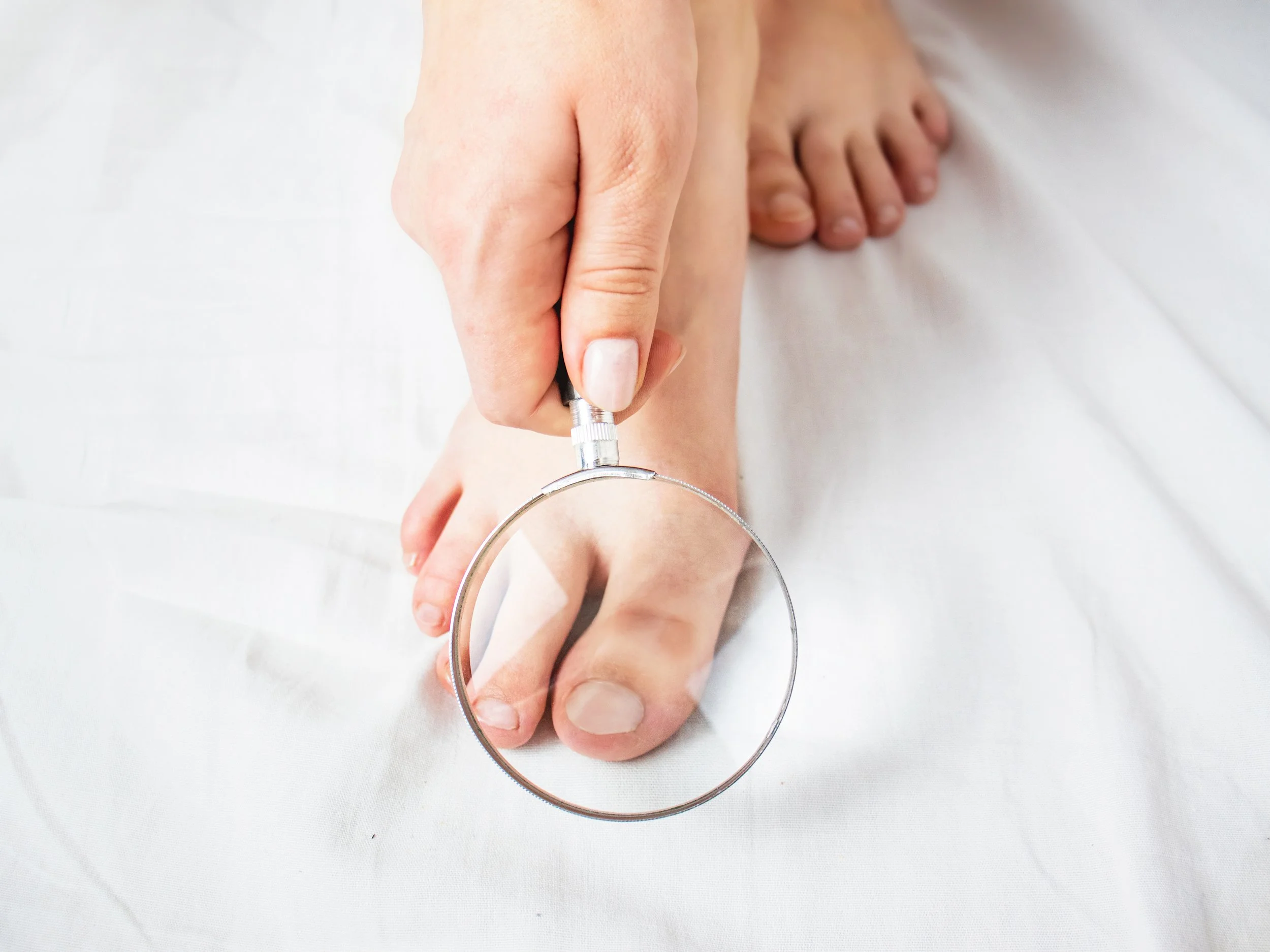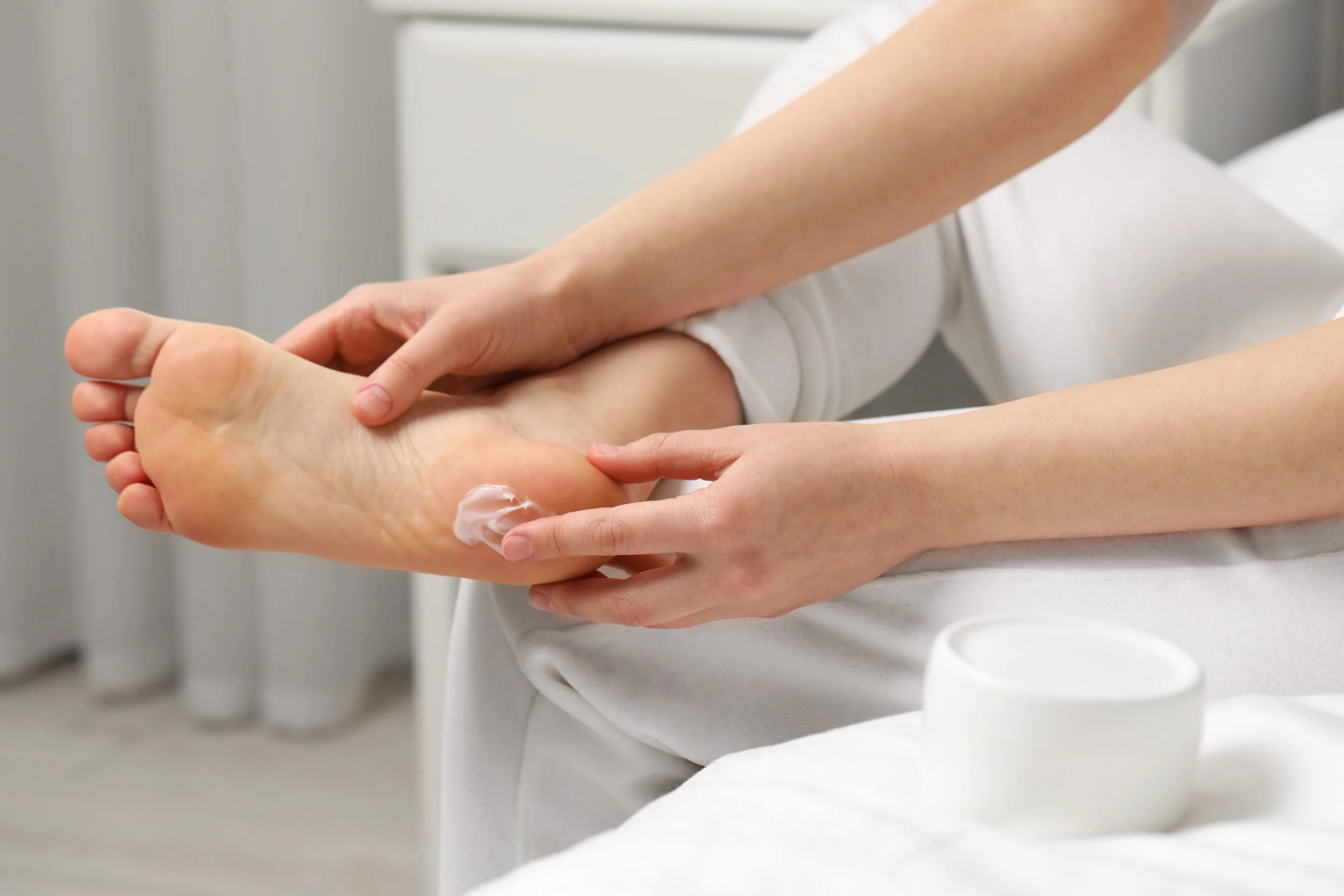One, Two, Buckle My Shoe
As the school holidays draw to a close, if you're like me, buying new school shoes is probably high on your 'to-do' list before Term 1 begins.
Choosing the right school shoe can feel like an overwhelming task. Which brands are the best? Should you go for buckles, Velcro, or laces? Are sneakers even an option? And where should you shop? So many questions, right?
“A well-fitted school shoe lays the foundation for healthy foot growth and development.”
Here are my top seven tips for choosing the best school shoe:
A correct fit is THE most important factor in choosing a school shoe, so you need to take your kids' shoe shopping with you! I strongly recommend buying school shoes from a store expert in fitting kids' feet.
Locally in Blackwood, you will find Fairley's Shoe Store; at Westfield Marion, there is The Athlete's Foot; while located in North Adelaide, is Ollie Ashenden Children's Shoes. I can personally recommend all three stores as I use them for my kids.
When fitting a shoe, there should be about 1cm of growing room (no more!) between the end of your child's longest toe and the end of the shoe. They should also be able to wiggle their toes freely in the shoes, both up and down and side to side.
Pick up the shoe and bend/twist it. The shoe should only bend across the ball of the foot, and not flex or twist further back through the sole. Shoes that bend or twist too much will not provide enough support.
School shoes should only have a small heel. For school, avoid shoes with higher heels, no heel (such as ballet flats), or gimmicks such as rollerblades or flashing lights built into them – as all of these elements can change the way your child's foot functions inside the shoe.
Choose a fastening that suits your child. If your child struggles to tie laces, stick with Velcro or buckle fastenings for school shoes until they are comfortable tying their own laces.
Avoid slip-on shoes without any fastening, as these will not provide appropriate fit or support. In our clinic, we sometimes see teenagers who don't tie their laces for fashion reasons! Encourage them to always tie their laces as not doing so is essentially the same as wearing a slip-on shoe.
Leather uppers provide breathability and durability and can be a better choice than synthetic uppers. Leather uppers also keep feet drier in the wetter months (not a consideration many of us have in January!). Just a quick note on leather uppers – some kids can find them initially uncomfortable until they are worn-in and softened up.
Consider the weight of the shoe. Some (particularly leather) shoes can be quite heavy, which will slow down your child during the day. Try to opt for a light-weight shoe that will not impede your child's mobility.
Does the style or brand matter? Some schools specify the type of shoe required as part of the uniform. However, many now have a more general policy on footwear requirements, so the choice is vast. Sneakers/trainers are an excellent option if the uniform policy allows it.
Within every brand, there are good shoes and not-so-good shoes. So it's impossible to recommend a particular brand suitable for all children. However, if you follow the six tips above, you'll be on the right track. That said, my favourite brands for school shoes are Clarks, Ascent, Asics, and New Balance, for their consistent quality and support.
And remember, if you have any concerns or questions about your child's feet, our team at Blackwood Podiatry is here to provide expert assessment and advice.







